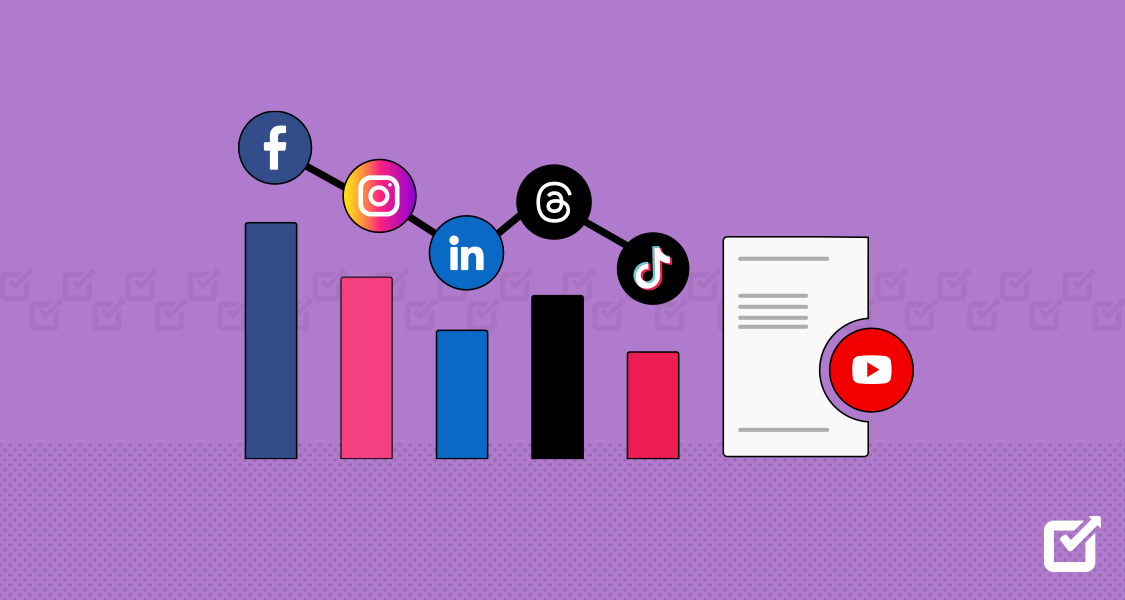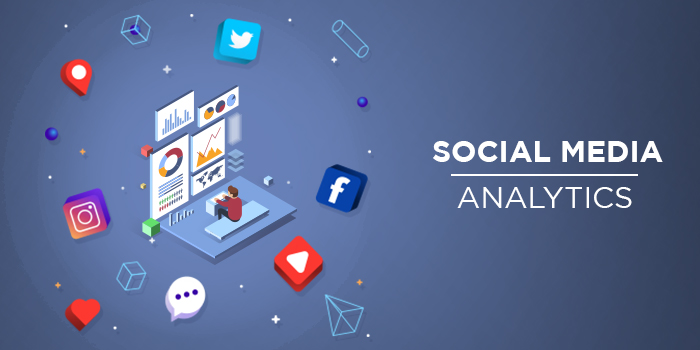Navigating the World of Social Media Analytics
In the ever-evolving landscape of digital marketing, social media analytics has emerged as a powerful tool for understanding, evaluating, and optimizing your brand’s performance across social platforms. By harnessing the wealth of data available through social media analytics tools, brands can gain invaluable insights into their audience, content strategy, and overall effectiveness of their social media efforts. In this guide, we’ll delve into the world of social media analytics, exploring its key features, benefits, and strategies for leveraging data-driven insights to drive success.
Understanding Social Media Analytics:
At its core, social media analytics refers to the process of gathering and analyzing data from social media platforms to inform decision-making and strategy development. From tracking key metrics such as engagement, reach, and impressions to monitoring sentiment, demographics, and content performance, social media analytics provides brands with a comprehensive view of their social media presence and impact. By understanding how users interact with your content and engage with your brand online, you can make informed decisions to optimize your strategy and achieve your marketing objectives.

Key Metrics and KPIs:
When it comes to social media analytics, there is no shortage of metrics to track. However, not all metrics are created equal, and it’s essential to focus on those that align with your business goals and objectives. Some key metrics to consider include:
- Engagement: Measures the level of interaction your content receives, including likes, comments, shares, and clicks.
- Reach: Indicates the number of unique users who have seen your content.
- Impressions: Represents the total number of times your content has been displayed on users’ screens.
- Click-Through Rate (CTR): Measures the percentage of users who click on a link or call-to-action within your content.
- Conversion Rate: Tracks the percentage of users who take a desired action, such as making a purchase or signing up for a newsletter.
By tracking these and other relevant metrics, you can gain insights into the effectiveness of your social media efforts and identify areas for improvement.
Tools and Platforms:
A plethora of social media analytics tools and platforms are available to help brands gather, analyze, and visualize their social media data. From native platform analytics dashboards to third-party tools like Hootsuite, Sprout Social, and Google Analytics, these tools offer a range of features and capabilities to suit your needs. Whether you’re looking to track real-time performance, benchmark against competitors, or generate detailed reports for stakeholders, there’s a tool out there to help you make sense of your social media data.
Sentiment Analysis and Brand Monitoring:
In addition to tracking quantitative metrics, social media analytics can also provide valuable insights into qualitative factors such as sentiment and brand perception. Sentiment analysis tools can analyze social media mentions and conversations to determine whether they are positive, negative, or neutral, allowing brands to gauge public sentiment and identify potential PR crises or reputation management opportunities. By monitoring brand mentions and sentiment, you can stay ahead of the curve and proactively address any issues that may arise.
Content Optimization and Strategy Development:
Perhaps the most significant benefit of social media analytics is its ability to inform content optimization and strategy development. By analyzing which types of content resonate most with your audience, when they are most active, and which channels drive the most engagement, you can tailor your content strategy to maximize impact and ROI. Experiment with different content formats, posting schedules, and messaging strategies, and use social media analytics to track the results and iterate based on what works best for your brand.
Influencer Identification and Partnership:
Social media analytics can also be invaluable for identifying potential influencers and strategic partners for your brand. By analyzing influencers’ reach, engagement rates, and audience demographics, you can pinpoint those who align with your brand values and target market. Collaborating with influencers can help you reach new audiences, increase brand awareness, and drive engagement and conversions. Use social media analytics to track the performance of influencer partnerships and measure the impact on your brand’s objectives.
Transforming Data into Actionable Insights
Social media analytics can be a goldmine of valuable information, but it’s only useful if you translate data into actionable insights. Use your newfound knowledge to inform your social media strategy, create content that resonates with your audience, and ultimately drive business growth.
So, the next time you feel overwhelmed by the sea of data in your social media analytics dashboard, take a deep breath and remember – this information is your key to unlocking social media success. With the right approach, you can transform social media analytics from a cryptic puzzle into a roadmap leading your brand to new heights. Now, go forth and conquer the world of social media analytics!

